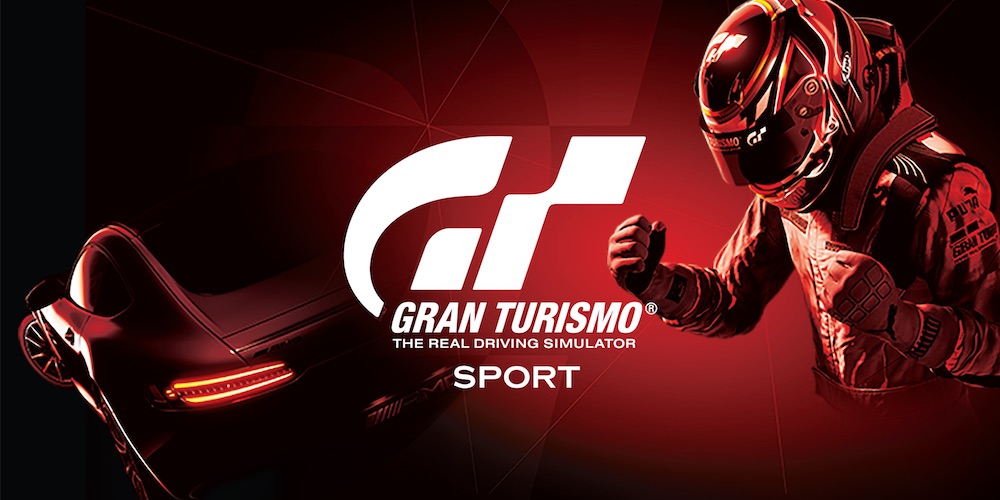
It’s that time again. Time to chuck a cheeky sickie and take some time off work. Polyphony Digital’s latest instalment in the hallowed Gran Turismo series of games, Gran Turismo Sport (GT Sport), is finally out on PS4. In development for the better part of four years, series creator Kazunori Yamauchi had been toting the game as having a new focus – online. Was the game worth using that sick day for, though? Honestly, it’s difficult to say.
Let’s get this right off the bat: GT Sport is a glorious looking game and features some of the best use of HDR on the PS4. I reviewed the game on a standard PS4 with an HDR-ready Sony Bravia, but even so, the way the light radiates off the taillights and the light that the sunsets cast are something else. There isn’t a game currently on PS4 which features such subtle but effective use of HDR to place the player in the scene. Racing behind a Ferrari 458 Italia GT3 2013 at dusk while its circular taillights tease you to catch up is a subtle sight to behold. It’s not going to melt your face in the way a new Uncharted game might, but the lighting just feels right. It’s something you have to view firsthand.
It’s also worth noting that the game runs at a rock solid 60 FPS with no slowdown (at least in my experience). You probably can tell from the surrounding screenshots that car models are wonderfully detailed and feature an obsessive attention to detail. They don’t, however, appear to “pop” as much as the models in competitor Forza Motorsport 7. Put it this way – it’s like the car models in GT Sport are like images you get from an iPhone whereas the ones in Forza Motorsport 7 are like what you’d get from a Samsung phone; they pop more, but aren’t as accurately true-to-life as they are in GT Sport.
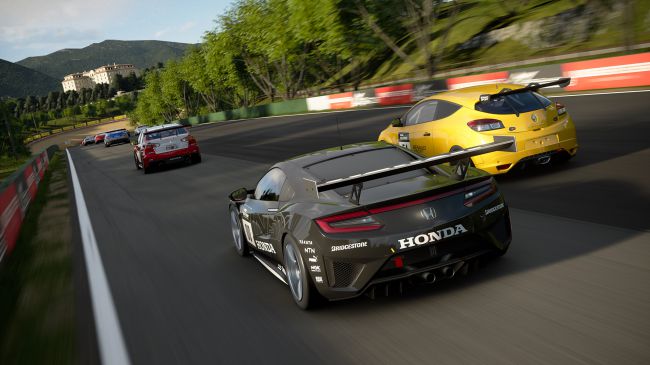
There is no slouch in the audio department, either. Cars roar and exhausts crackle with an appropriate amount of pop. And while the audio experience is not as bombastic as what we have had from the Codemasters games (with the sounds in DiRT 4 being a particular highlight for me), it’s more spatially accurate and more true to life. Once again, it’s easy to see the reverence that the audio team had for the cars in this area. The selection of music tracks is varied and features genres such as modern rock and electronica, all of which are staples for any driving game in 2017.
The one design decision which puzzles me is the complete lack of a weather system (dynamic or otherwise). Instead, all we get is the ability to race at different times of the day. This does a great job of showing off the fancy new HDR effects but otherwise has little to no effect on gameplay. When compared to the gorgeous weather effects of the competition such as Project Cars 2 and DiRT 4, this seems like a glaring omission and a massive missed opportunity to show off the artistry from the team.
One of the most significant changes from GT games of the past is a renewed focus on online competition. This is the result of the game’s partnership with the Fédération Internationale de l’Automobile (FIA), which endeavours to push the online racing component of GT Sport into a legitimate eSport. It’s very cool and a great marketing piece for the game. However, to the average gamer, it means having a solid connection to the internet to access the bulk of the game. You will need to be connected to the internet if you want to progress in the campaign mode (and, yes, even in the driving school levels) and collect new cars. Apparently, another reason for this is to prevent any cheating and unfair competition, but this does not change the fact that it still is less than ideal. I have an NBN connection hardwired into my PS4, and I still sometimes experience dropouts. I understand that online-only games are going to be more commonplace, but it’s hard to understand why something that is akin to a tutorial mode requires a connection.
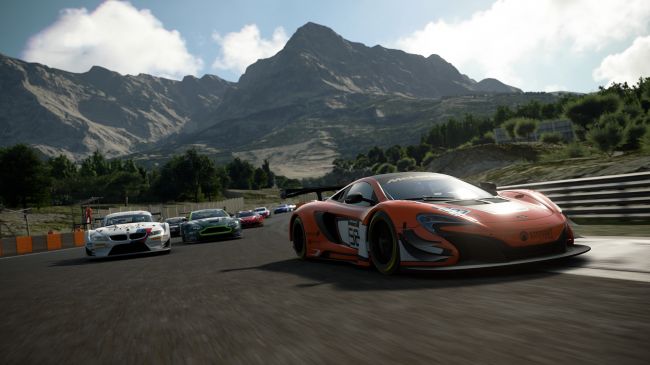
Online racing also features a safety system which rates you based on how little you collide with other racers and whether you careen in barriers and other obstacles while trying to take pole position. Keep that rating up, and you will be able to race with similarly safe racers. While I understand the inclusion of this system, it does remove some of the fun and agency that you get when playing a racing game. You can also get penalised when others careen into you, so that can make things a little unfair and frustrating. Still, the GT games have never been about racing dangerously, so such a system makes sense.
The campaign mode includes a large number of driving school levels which you are encouraged to complete if you want to become a better driver. These levels are… fine. There is an unshakeable sense of sterility in the tutorial tracks, and, overall, the driving school levels just feel devoid of life. This mode is also super punishing. By the end of it, you will become a better driver, although it may come at the cost of a couple of broken controllers. I had more than a couple of frustrating moments while trying to clear some of the basic manoeuvres. Although, with that being said, while they do feel like a grind, they do a decent job of steering you through (pun intended) the world of GT Sport.
In addition to the campaign mode, GT Sport has an arcade mode which features a limited set of cars and tracks for quick racing. This mode is (thankfully) playable offline and is a great way to quickly get into some racing action if you’re not concerned about your racing progress or garage in the campaign mode. It’s worth restating that the car selection for this mode is rather small, though, so don’t come in expecting to drive your car of choice.
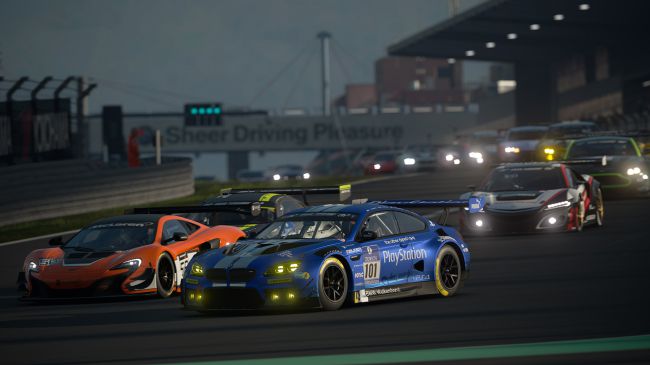
I should mention that the racing in GT Sport is as breakneck and furious as it’s ever been in a GT game and that’s a beautiful thing. Cars handle with an appropriate amount of weight, and there is a degree of variety in how different cars handle. Three levels of driver assist also aids newcomers to racing sims get up to speed (again, pun intended).
Speaking of car selection, the choices in GT Sport are paltry when compared to that in Project Cars 2 and Forza Motorsport 7. I won’t go into the numbers, but suffice to say you can expect only 7-8 cars for some popular manufacturers, including variations of the same model. Again, this is another strange design decision and one that had not been chosen by GT Sport’s main competitors. And they are better for it, too – more choices are better in a racing game.
Another thing worth pointing out is the small track selection. There are only 17 track locations and 40 variations of the tracks (including reverse tracks). I was racing the same tracks over and over again in no time. Of course, this isn’t necessarily a bad thing (especially if you want to master every corner of a track for the online championships), but the tracks got old quickly. Did I mention that there are no weather effects whatsoever in the game? It all makes for a relatively sterile, emotionless experience when compared to the competition.
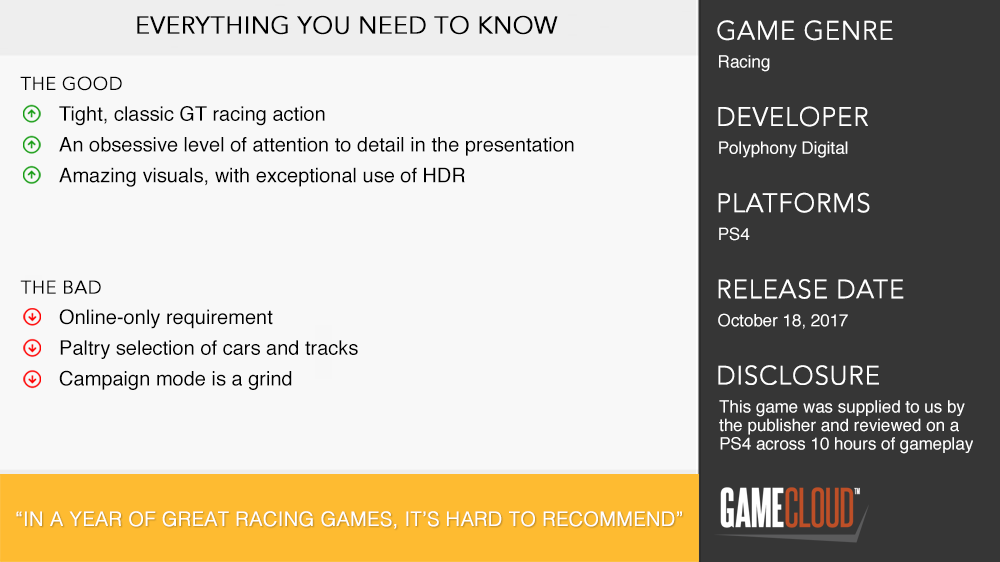
Gran Turismo Sport is a great driving game when reviewed in isolation. It’s got great racing, amazing visuals and stunning attention to detail which would make most petrol-heads froth. However, it also falls short when compared to its competition who boast more cars, tracks and just more fun. This ultimately makes GT Sport tough to recommend.











